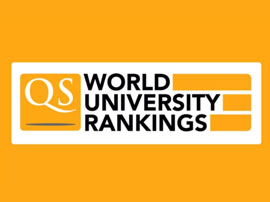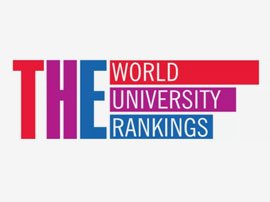美术学士学位-纺织品
Bachelor of Fine Arts in Studio - Textiles

学历文凭
Bachelor Degree

专业院系

开学时间

课程时长

课程学费

国际学生入学条件
IDP—雅思考试联合主办方

雅思考试总分
6.0
- 雅思总分:6
- 托福网考总分:69
- 托福笔试总分:160
- 其他语言考试:PTE – Pearson Test of English Academic – 53
CRICOS代码:
申请截止日期: 请与IDP联系 以获取详细信息。
课程简介
The Textiles emphasis fosters personal exploration of subject matter, technical proficiency in a broad range of working methods and professional presentation. Textiles is presented in both historic and contemporary contexts, demonstrating the continuing relevance of the field and its many applications. The work produced in the Textiles B.F.A. has prepared students for careers in fine art, the textile industry, the film industry, and graduate study.Once accepted into the program, students in the Textiles emphasis begin with basic textile design courses providing a foundation in surface design and basic sewn structures. At the intermediate and advanced levels, students broaden their technical experience by learning hand and digital processes in quilting, embroidery, pattern design, pattern printing. Students also learn soft sculpture processes, hand and machine tufting, on and off-loom weaving and other flexible forms.
相关申请
 预科
预科 奖学金
奖学金 实习机会
实习机会 在校学习
在校学习 跨境学习
跨境学习 校园授课-线上开始
校园授课-线上开始 在线/远程学习
在线/远程学习
开学时间&学费
学费信息仅供参考,请与IDP联系以获取详细信息
| 开学时间 | 时长 | 学费 | 地点 |
|---|
学校排名

世界排名401
数据源:
泰晤士高等教育世界大学排名
本校相关课程
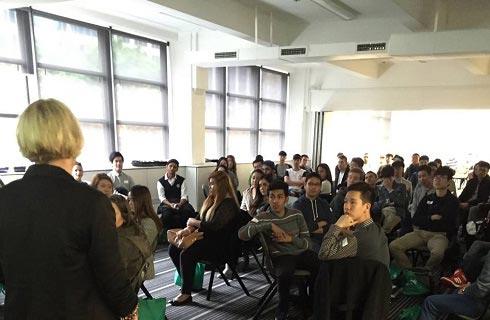
语言交流文学学士
学历文凭
Bachelor Degree
开学日期
课程费用总额


妇女,性别和性研究文学学士学位
学历文凭
Bachelor Degree
开学日期
课程费用总额


社会学文学学士
学历文凭
Bachelor Degree
开学日期
课程费用总额


社会工作学士
学历文凭
Bachelor Degree
开学日期
课程费用总额

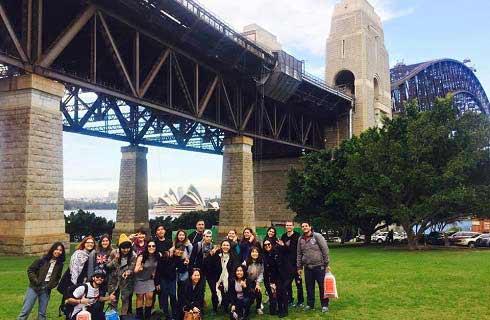
风险管理与保险业务管理学士学位
学历文凭
Bachelor Degree
开学日期
课程费用总额


呼吸疗法理学学士
学历文凭
Bachelor Degree
开学日期
课程费用总额

其他相关课程

家庭和消费者科学理学学士-服装设计和产品开发
 贝勒大学-国际学习中心(StudyGroup)
贝勒大学-国际学习中心(StudyGroup)学历文凭
Bachelor Degree
开学日期
课程费用总额

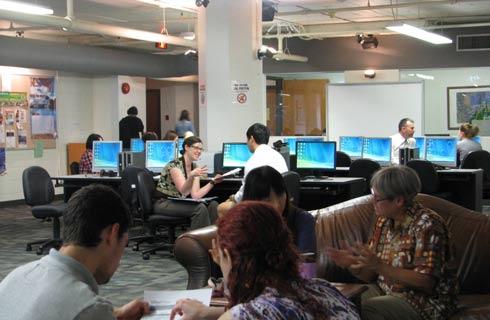
Bachelor of Science in Human Environmental Science - Apparel Merchandising and Product Development
 阿肯色大学
阿肯色大学泰晤士高等教育世界大学排名:751
学历文凭
Bachelor Degree
开学日期
课程费用总额


Bachelor of Science in Apparel, Retail Merchandising and Design - Retail Merchandising
 北达科他州立大学
北达科他州立大学学历文凭
Bachelor Degree
开学日期
课程费用总额


时装设计美术学士学位
 加州艺术学院
加州艺术学院学历文凭
Bachelor Degree
开学日期
课程费用总额


Master of Science in Textiles, Merchandising and Interiors
 佐治亚大学
佐治亚大学学历文凭
Masters Degree
开学日期
课程费用总额

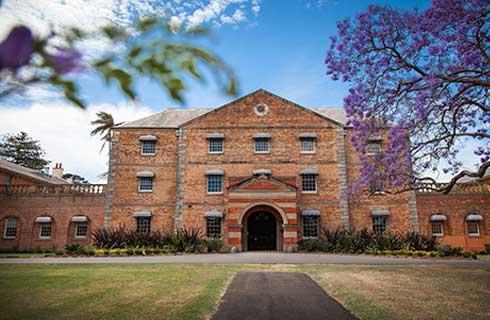
Bachelor of Science in Textile Technology - Technical Textiles
 北卡罗莱纳州立大学罗利分校
北卡罗莱纳州立大学罗利分校学历文凭
Bachelor Degree
开学日期
课程费用总额




